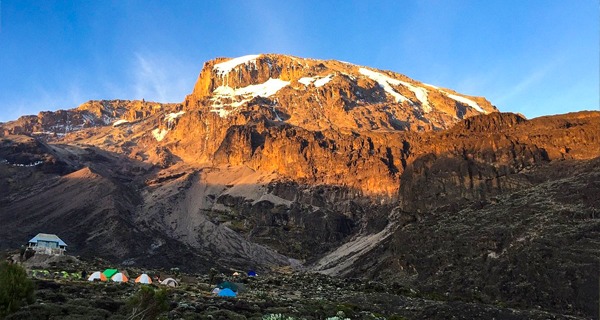Climbing in East Africa
Discover the best climbing destinations in East Africa, from the iconic Mount Kilimanjaro to the challenging Mount Kenya and the beautiful Mount Meru.
Mount Kilimanjaro
At 5,895 meters (19,341 feet), Mount Kilimanjaro is Africa's highest peak and one of the world's Seven Summits. Its snow-capped summit, iconic shape, and relatively accessible trekking routes make it a popular destination for climbers from around the globe.
No technical climbing skills are required to reach the summit, making it a challenging but achievable goal for fit and determined hikers.
Kilimanjaro Highlights
- Reach the "Roof of Africa" without technical climbing
- Experience diverse ecosystems from rainforest to glaciers
- Choose from multiple routes with varying difficulty and scenery
- Well-supported infrastructure with experienced guides and porters
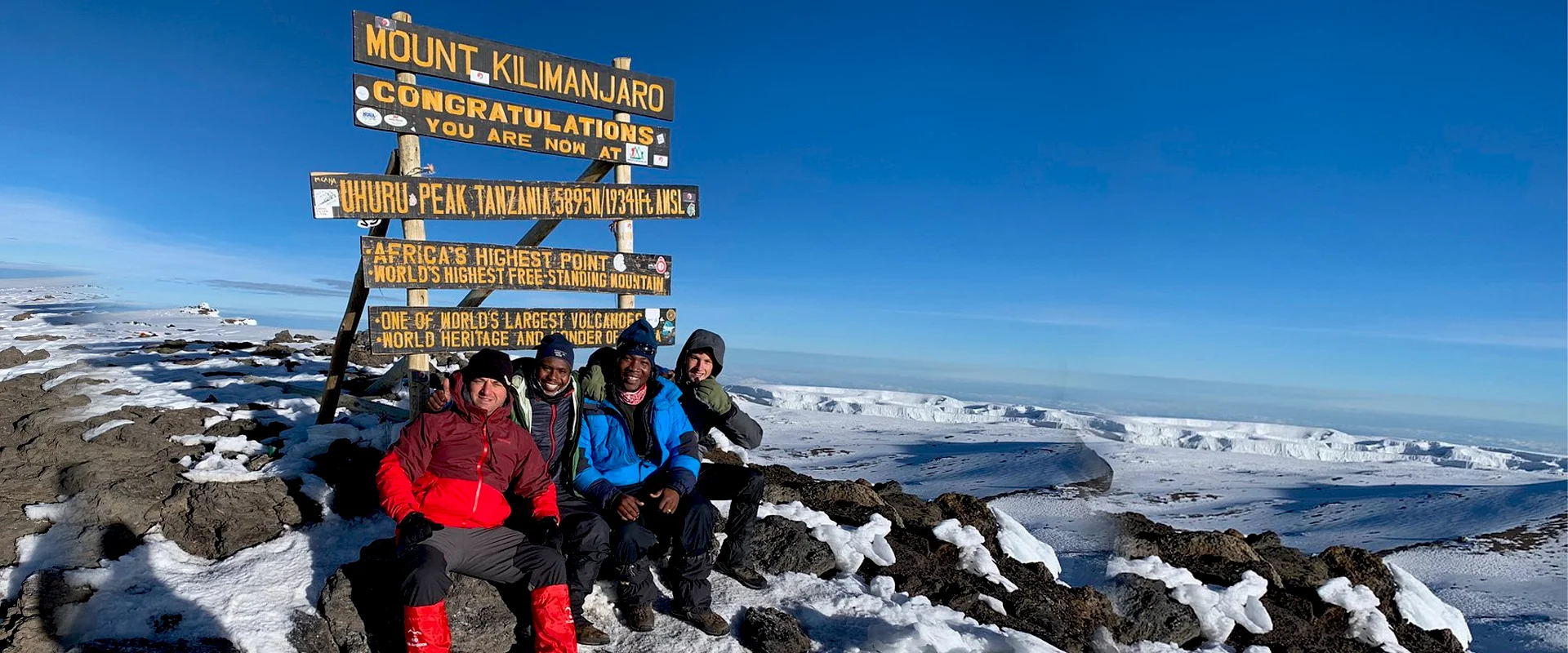
Duration
6-9 Days
Difficulty
Challenging
Kilimanjaro Routes
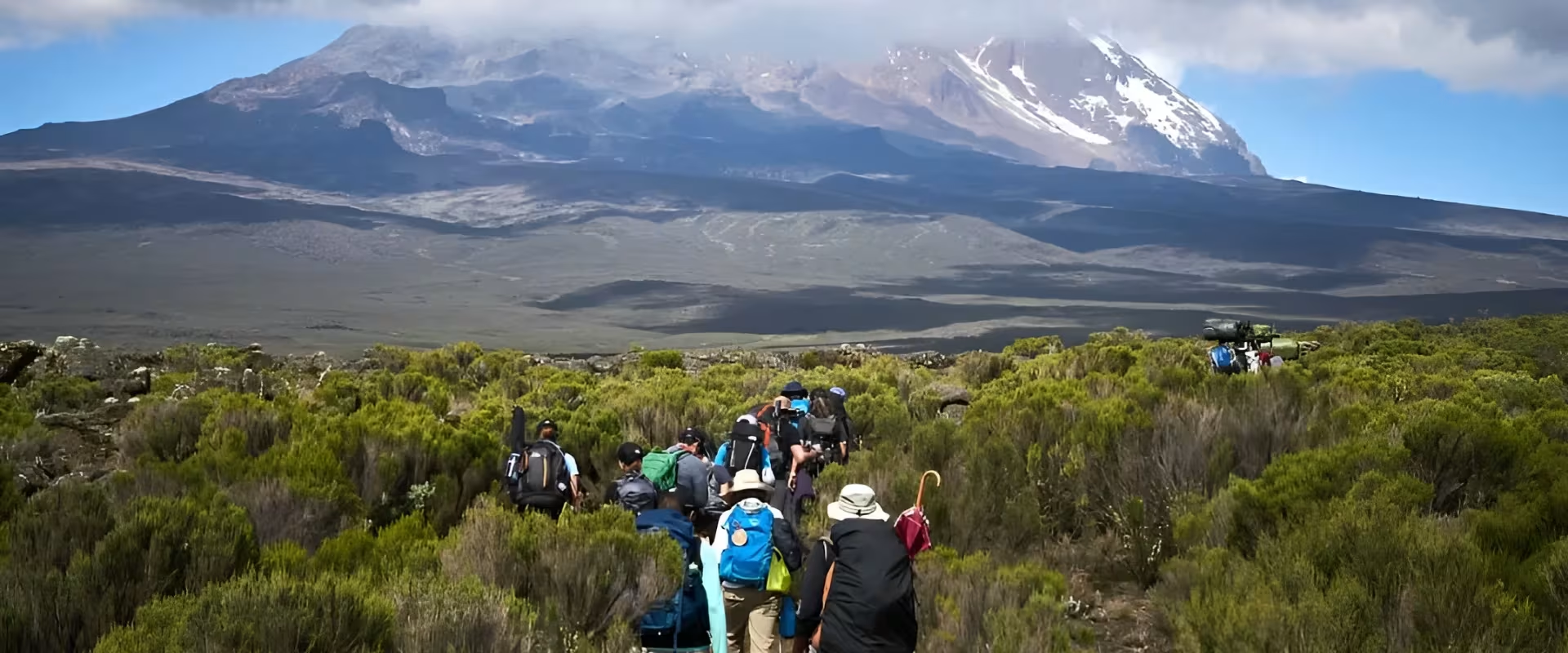
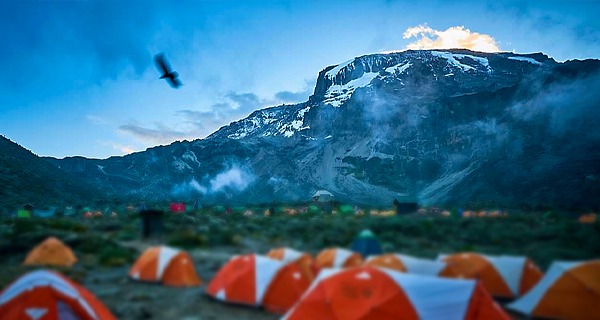
Climbing FAQs
Common questions about climbing East Africa's highest peaks
How fit do I need to be to climb Kilimanjaro?
You should be in good physical condition with regular exercise. While technical climbing skills aren't required, cardiovascular fitness and the ability to hike for 6-8 hours per day are essential. We recommend training for at least 2-3 months before your climb.
What is altitude sickness and how can I prevent it?
Altitude sickness occurs when you ascend too quickly without proper acclimatization. Symptoms include headache, nausea, and fatigue. Prevention includes slow ascent, proper hydration, and choosing longer routes. Our guides are trained to monitor for symptoms and take appropriate action.
What is the best time of year to climb?
The best times are during the dry seasons: January-March and June-October. While climbing is possible year-round, we recommend avoiding the heavy rain seasons of April-May and November for the most comfortable experience.
What gear do I need to bring?
Essential gear includes hiking boots, warm layers, rain gear, sleeping bag, and personal items. We provide a comprehensive packing list to all clients. Some equipment can be rented locally if needed. For Kilimanjaro, prepare for temperatures ranging from +30°C to -15°C.
How much does it cost to climb?
Costs vary depending on the mountain, route, and group size. Kilimanjaro climbs range from $1,800-$3,000, Mount Meru from $850-$1,000, and Mount Kenya from $1,200-$1,500. These prices include park fees, guides, porters, food, and accommodations during the climb.
Can I combine a climb with a safari?
Many of our clients combine mountain climbing with a safari adventure. We offer special packages that include both experiences, allowing you to maximize your time in East Africa. This is a perfect way to celebrate your summit achievement.
